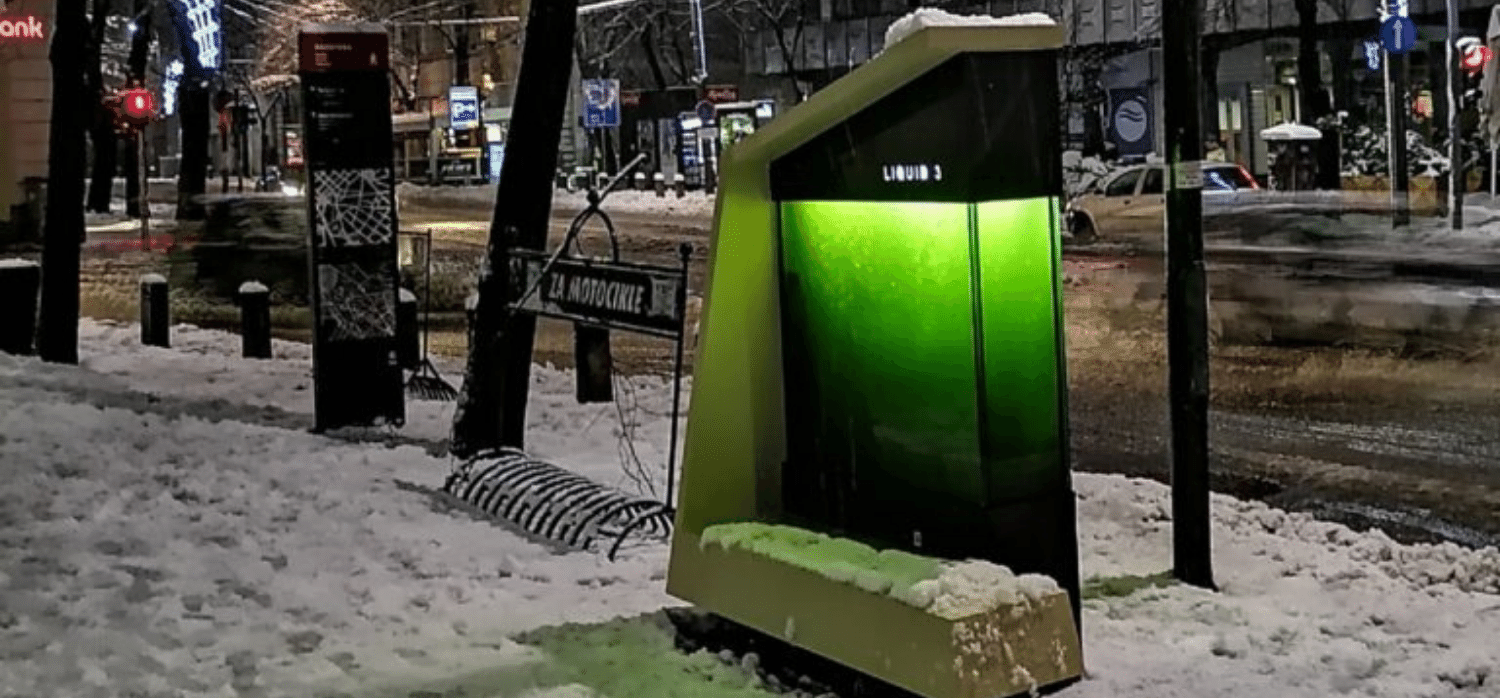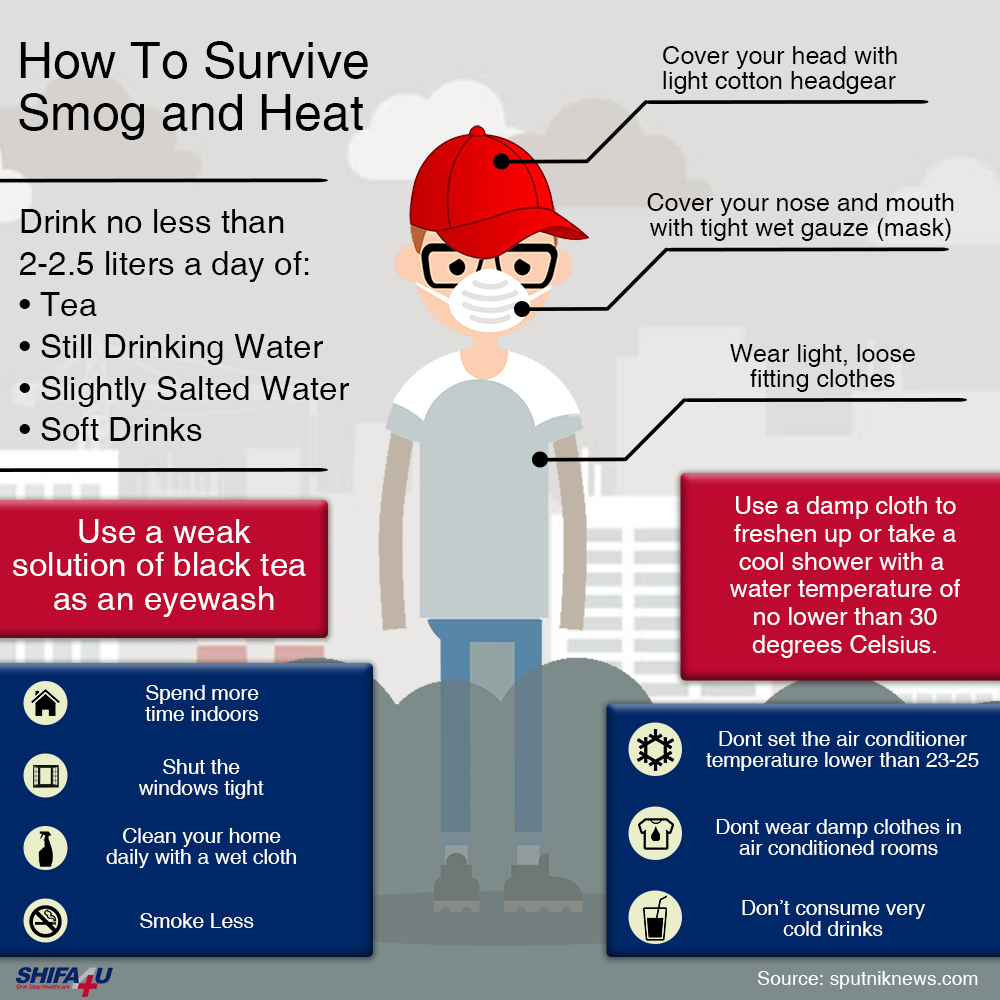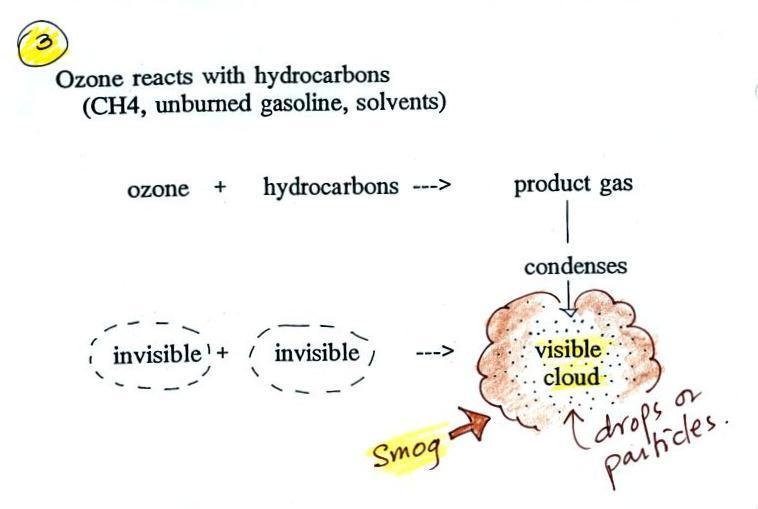Perfect Info About How To Reduce Photochemical Smog

It is important to reduce the levels of photochemical smog in the air to protect public health and the environment.
How to reduce photochemical smog. Which chemical reactions are fastest during the morning,. Method 1 changing your car habits 1 drive less. At an even more fundamental.
Reducing no emissions will always reduce the amount of photochemical smog that can be produced ? The best way to prevent smog formation is to avoid the release of nitrogen oxides and organic vapors that enable smog to form. At an even more fundamental.
This smog is visible as a brown haze. Reduction can involve the gain of hydrogen or loss of oxygen. The best way to prevent smog formation is to avoid the release of nitrogen oxides and organic vapors that enable smog to form.
It is the responsibility of humanity to reduce its effect and to get the. True or false: These chemicals also contribute to photochemical smog formation.
The best way to prevent smog formation is to avoid the release of nitrogen oxides and organic vapors that enable smog to form. How to prevent or reduce photochemical smog as discussed, photochemical smog is related to severe consequences in urban areas where automobile pollution is high. There are two main types of smog:
Reduction can refer to the gain of electrons, which results in a decrease in oxidation. Photochemical smog is formed when sunlight drives chemical reactions between. Vehicles that run only on gasoline produce nitrogen dioxide as a byproduct of driving and idling, so one easy way.
From equation 3, listed above, no. At an even more fundamental. The most effective way of reducing the amount of secondary pollutants created in the air is to reduce emissions of.
Catalytic converters in gas powered vehicles help reduce photochemical emissions. Photochemical smog refers to a chemical reaction of sunlight, nitrogen oxides, and organic compounds in the atmosphere. The secondary pollutants produced depend on how quickly chemical reactions are happening.
Q1 what is the composition of photochemical smog? A combination of the words ‘smoke’ and ‘fog’, the term emerged around a century ago to describe the dense, choking mix of gases and soot that was becoming common in big cities. This can be achieved through measures such.
Warmth, ample sunlight, and a relatively little movement of air so that the reactants are not diluted are also required. How can we reduce the occurrence of photochemical smog? The best way to prevent smog formation is to avoid the release of nitrogen oxides and organic vapors that enable smog to form.

















